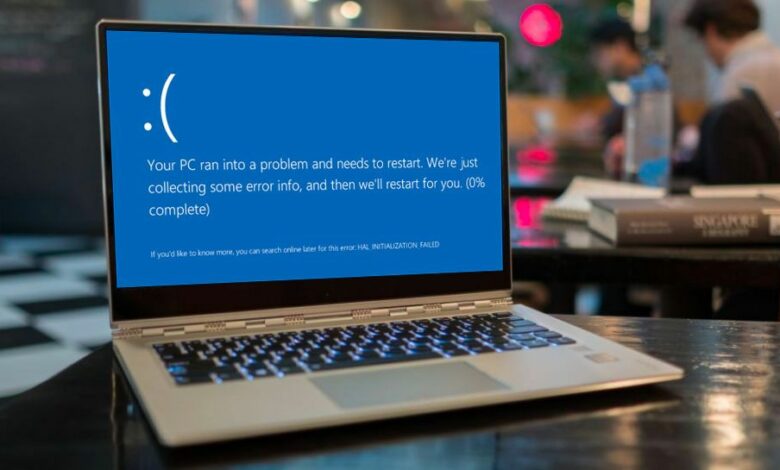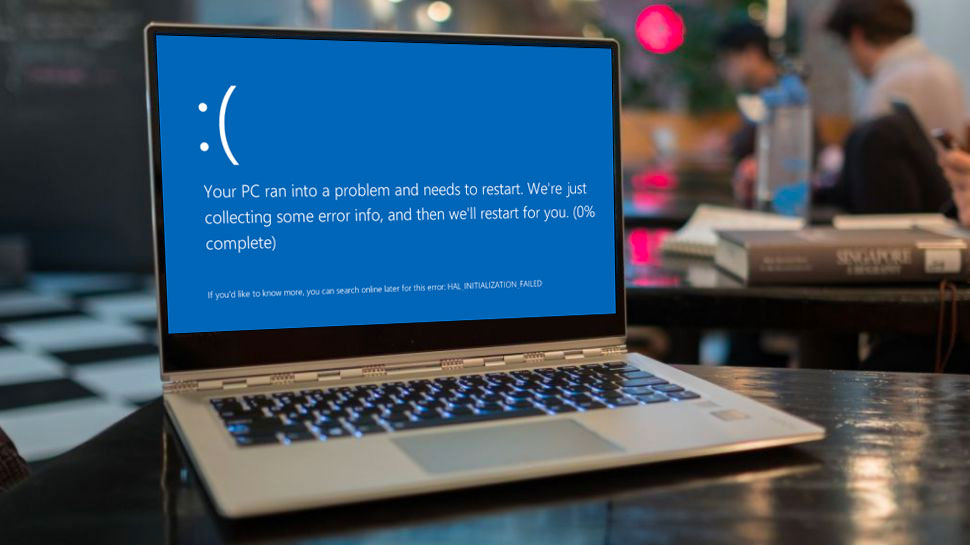The dreaded Blue Screen of Death still plagues many businesses, but more than half of these crashes are preventable


The Windows ‘Blue Screen of Death’ or BSOD error, is a frustration that most people are familiar with.
The scale of the problem is illustrated by new research from Nexthink, which claims that even under normal circumstances, 1 in 200 devices are affected by the flaw. This has risen to 1 in 10 following the recent Crowdstrike outage.
The analysis found significant differences between industries, with Tech (unsurprisingly) leading the way with over 15% of devices experiencing the issue each month. Healthcare and retail were found to be the least affected, at 10% and 8% respectively.
Reducing the risks
These errors are costly and resource intensive, even the shortest outages last between 0-15 minutes and 30% of employees require IT assistance to resolve BSOD incidents. However, Nexthink found that by taking preventative measures, these incidents could be halved. By getting ahead of problem areas and taking action before errors occur, organizations can reduce BSOD incidents to 1 in 400.
“While most of these crashes are preventable, unfortunately most companies don’t have the tools to preemptively identify the issue and take action,” said Gaurang Ganatra, Product Marketing Director at Nexthink.
“Most don’t even know which devices are working fine right now, let alone which devices are susceptible to BSODs in the future”
To move from reactive ticket handling to a proactive approach, it is crucial to identify weak points in IT systems.
The research identified nine main causes of BSOD errors, with problematic hardware models, poorly managed Windows updates, and misconfigured graphics cards, network or audio drivers topping the list.
Ganatra advises companies to empower their IT departments to generate insights so they can “make data-driven decisions that can reduce costs, relieve employee stress and increase productivity.”




